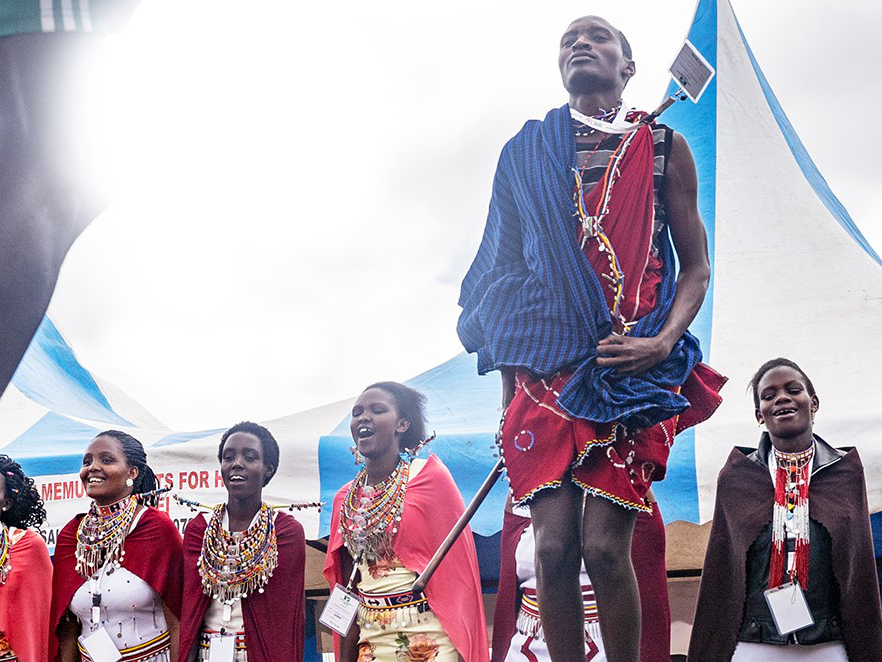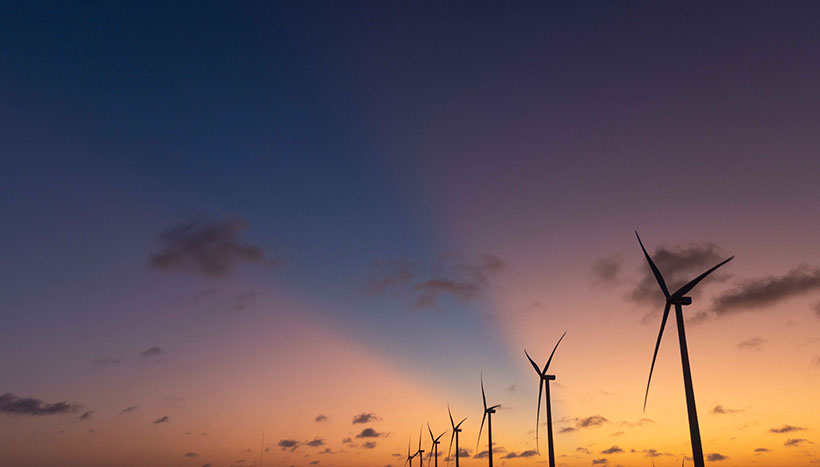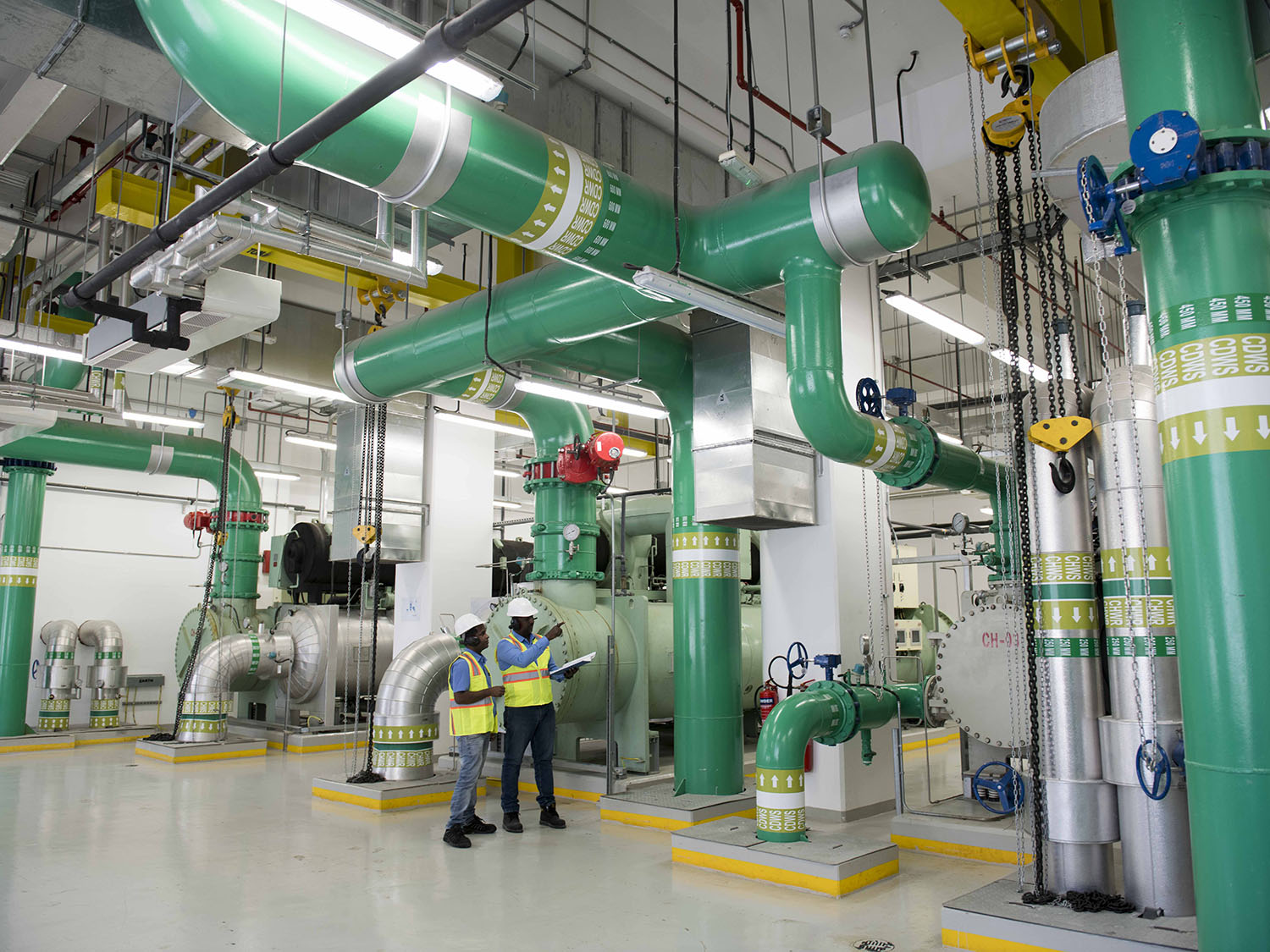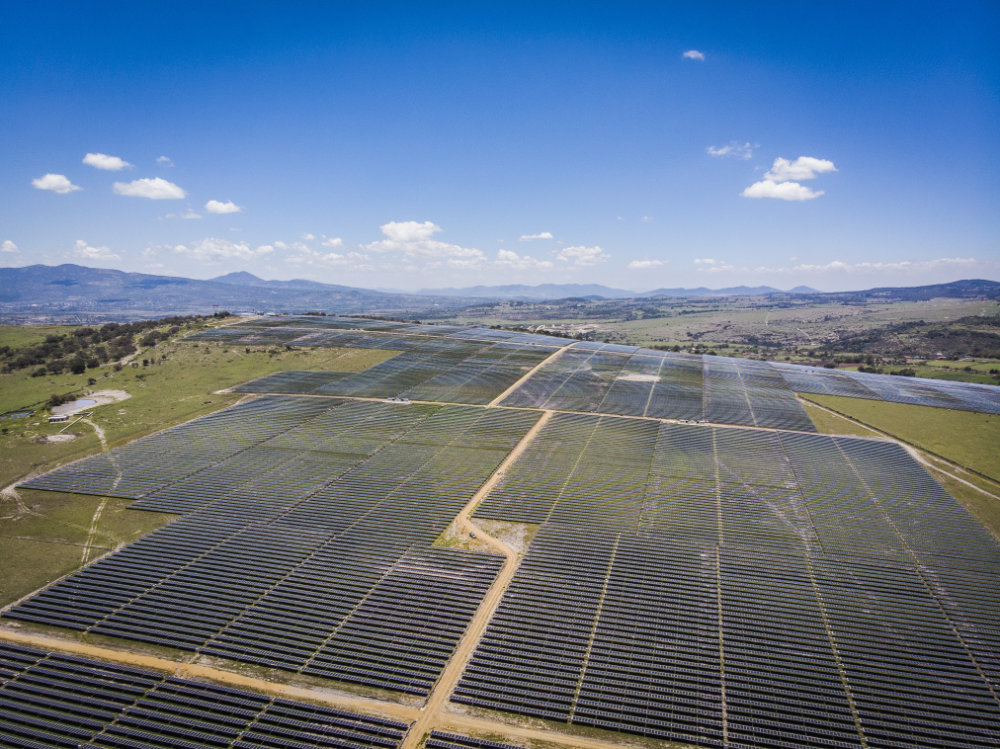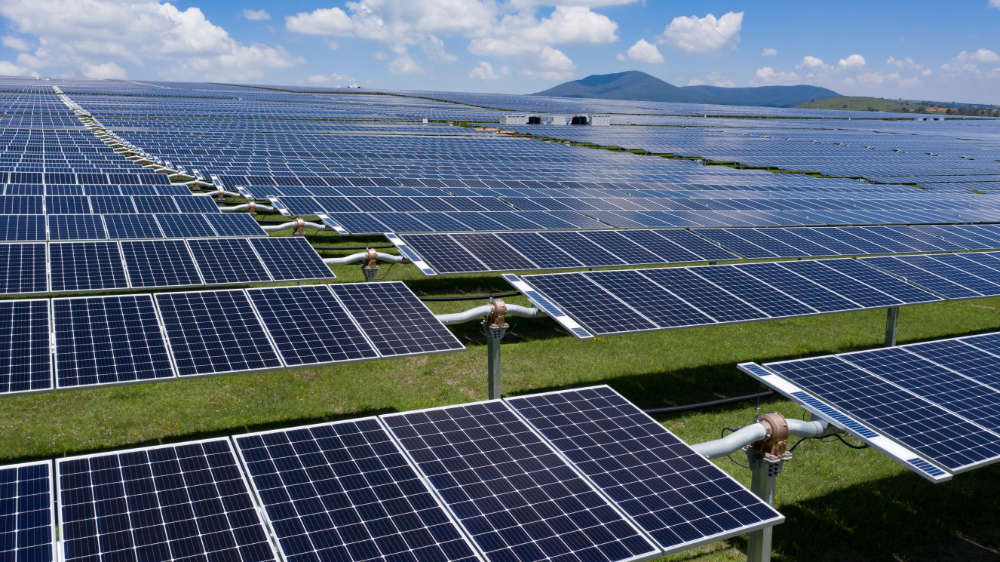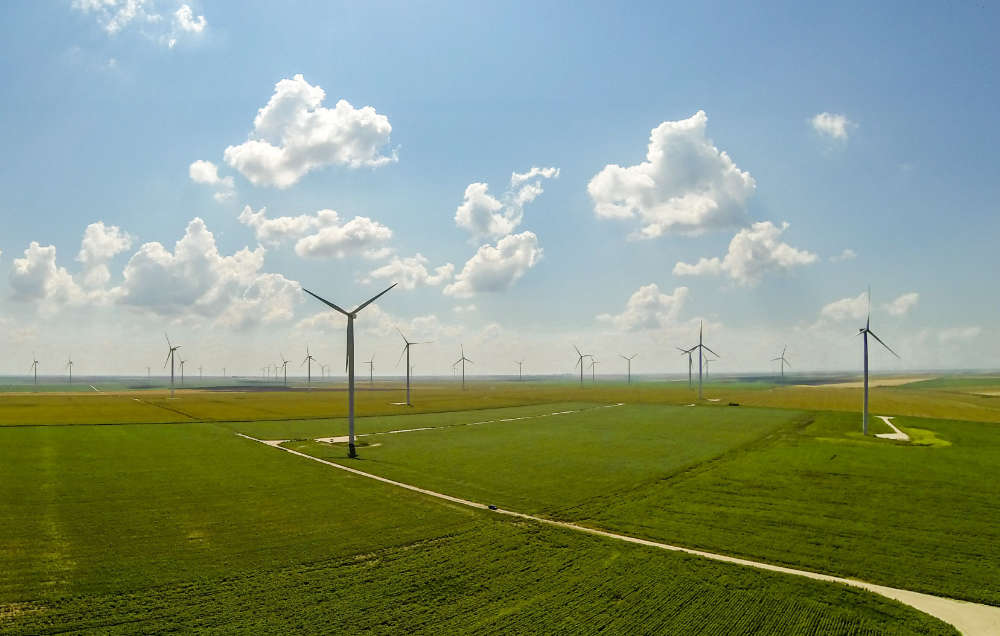Africa has a storied history of projects which failed to establish the necessary social licence to operate. Overlooking the marginalised and under-represented groups who often live near projects, is a temptation for many developers. However winning the support of these groups is critical to ensuring any project’s success. The Kipeto Wind farm in Kenya is an example of how respectfully working with such stakeholders is fundamental to our origination and investment approach.
The 100MW wind farm is located on the Kajiado plains some 50km south of Nairobi and was the foundation investment of Actis Energy 4’s pan-African renewable energy platform BioTherm Energy. The project is situated within a Maasai community, members of which are predominantly pastoralist farmers. The site is also foraging ground for two species of critically endangered vulture.
In 2017, Actis won a select sale process for the development stage asset in large part due to our reputation as being a reliable custodian with on the ground presence well suited to take the complex project forward.
Actis’ Archer Kilpatrick discussed Kipeto with two members of the BioTherm team who have been critical to its success so far, Libby Hirshon, Environment Social and Governance Director at Biotherm and Nikhath Zigmund, Business Development Director:
“Libby, you’ve worked on the management of complex social impact issues across Africa for nearly 20 years, what made Kipeto different?”
Libby: What makes our Kipeto wind farm project different is the real partnership approach we have adopted with the Maasai landowners in the project area and broader community. The wind farm occupies land that is owned by over 90 families, and we’ve always seen these families and broader clan members, as our partners in the project, not just “affected parties”. From the early development phase, consultation was highly inclusive and respectful of the Maasai culture and institutions, with a clear intent to achieve a positive outcome for all. Engagement is now formalised via a Community Implementation Committee (CIC), whereby all stakeholder groups including women, elders and youth are represented, supplemented by informal, direct consultation with individuals and households. This inclusive engagement approach, based on mutual respect and trust, is led by our team of Community Liaison Officers (CLOs); recruited from the local community to establish a constructive two-way dialogue between our project and all of our local partners.
Another important aspect of the project is the vocational skills training program for the youth, which we introduced pre-construction. The programme provides the Maasai community with the opportunity to obtain the skills and experience that enables them to gain further paid employment, once our project construction is complete. Over 200 young men and women have now received this training and we have many wonderful stories of people who have gone on to employment and whose lives have genuinely transformed as a result of this opportunity.
“Nikhath, you had the task of finalising legal agreements with Maasai land owners, how did that go?”
Nikhath: Finalising lease agreements involved everything from identifying plot boundaries, facilitating the registration of title deeds for families – some of whom had never had any official legal paperwork before – and even mediating family land disputes. I think we were only able to achieve this because our local partner, Craftskills, and our social team plus CLOs, had formed a really strong relationship with the land owners, and there was a huge amount of mutual trust and respect built up over time. We made sure that the landowners received proper legal representations and understood the nature of the agreements. We had a formal dispute resolution process in place, so that when issues arose, they were escalated and addressed. We also introduced a local firm to deliver financial literacy training, as the Maasai land owners received lease payments during construction, and once the plant is operational, they will receive a portion of the revenues from the turbines on their land.
Another key aspect of our engagement with the landowners was the house building initiative. We had to ensure that landowners’ homes were safely outside of the turbine buffer zones. This meant working with the landowners to identify locations within their land where we could build new houses for them. In total, we built 83 new homes for the landowners. The houses were carefully designed in consultation with the families to ensure they were culturally appropriate and in accordance with Maasai family structures. The houses consist of 3 to 4 bedrooms, with solar panels and water tanks, and families also received stipends to help furnish the homes. These new houses have been extremely well received by the community and have gone a tremendous way towards fostering further goodwill and trust in the project.
“Libby, how did the presence of critically endangered species interact with our community discussions?”
Libby: We also applied an inclusive approach to biodiversity and conservation management in our project area and beyond. In the project area and across East Africa, livestock predation has driven Maasai pastoralists to resort to poisoning animal carcasses to kill off their predators. Tragically, this has led to the unintentional poisoning and severe decline of vultures; pushing the species to the brink of extinction.
To try and reverse this decline, we are working with conservation experts and have made significant investment in a broad anti-poisoning programme, alongside a comprehensive mitigation programme to avoid vulture collisions with our turbines and transmission line. The success of these conservation and mitigation programmes has required inclusive community buy-in, as our ornithology team are a continuous presence in the Maasai communities. Initially the team was viewed as a somewhat curious foreign concept, but through inclusive consultation we have not only achieved acceptance but have engendered strong interest in the issue of vulture conservation to the extent that, as of today, 16 of our team of 30 professional ornithologist have been recruited and trained from the local Maasai community. We are also working with international conservation experts, local Kenya NGOs, the Kenyan Wildlife Service and community representatives to strengthen the pastoralist’s wildlife protection enclosures (‘Bomas’) and provide training on enhanced livestock protection measures throughout the broader region.
Archer: Thank you both – it’s clear that our sensitive community involvement has been critical to the success of the project so far.
I had the pleasure last year of attending the graduation ceremony for community members who had passed through Actis funded training programmes for masonry and catering and who would shortly be taking up jobs on the project. It was a genuine privilege to be welcomed into the community of such a culturally rich people as the Maasai, not as a tourist but as a partner who was playing a role in improving the lives of community members. Having worked on the Investment Committee paper for the project whilst being a Summer Associate and now being part of the Investment Management team BioTherm, being connected to a project which is not just making a difference in terms of statistics at a national level but in tangible, physical and personal ways on the ground, is an extremely rewarding aspect of working for Actis.
